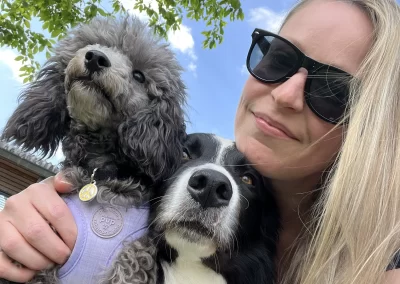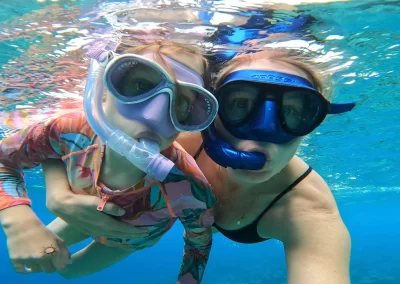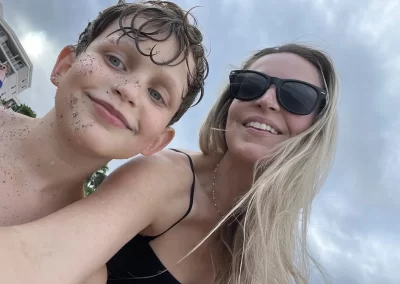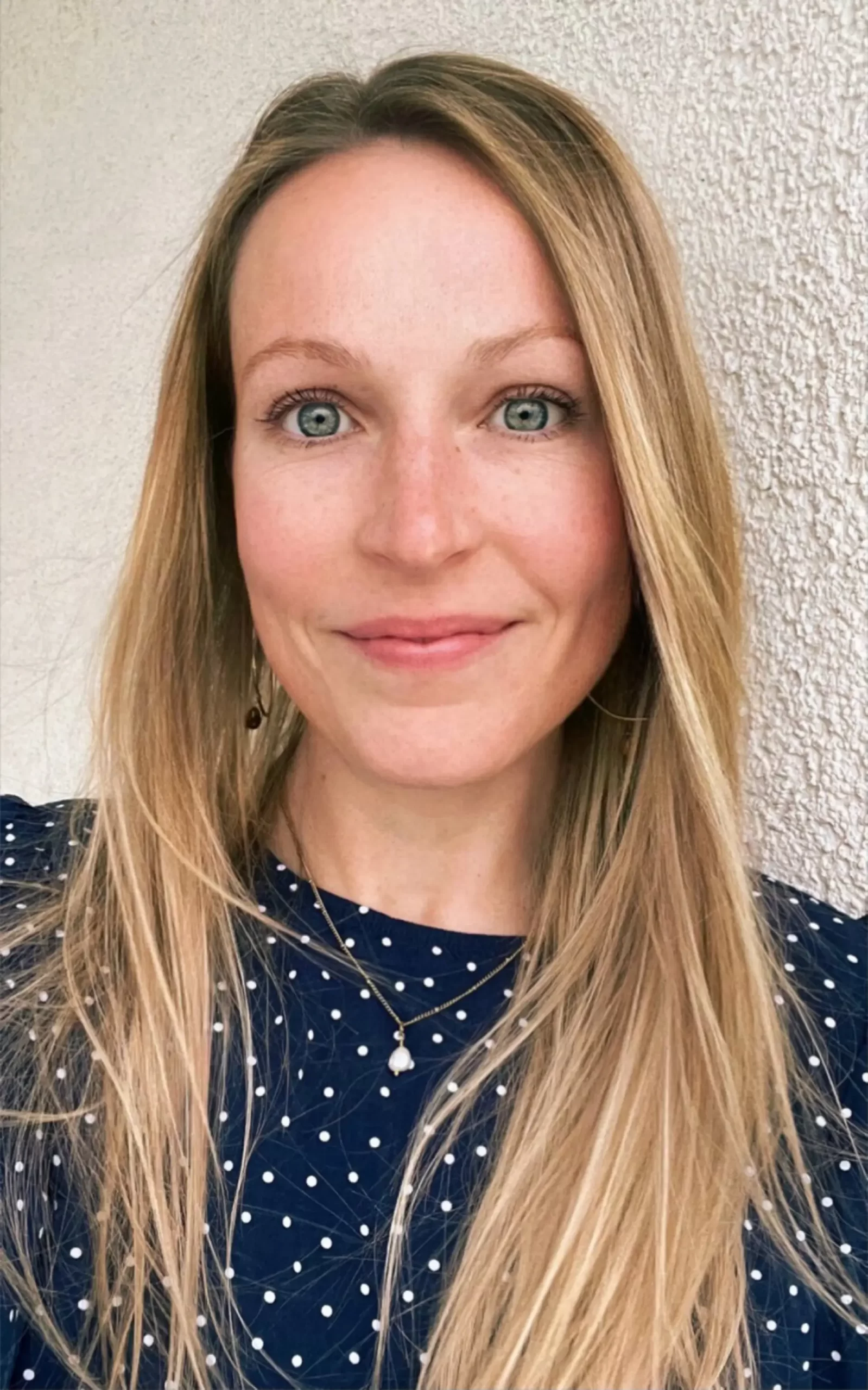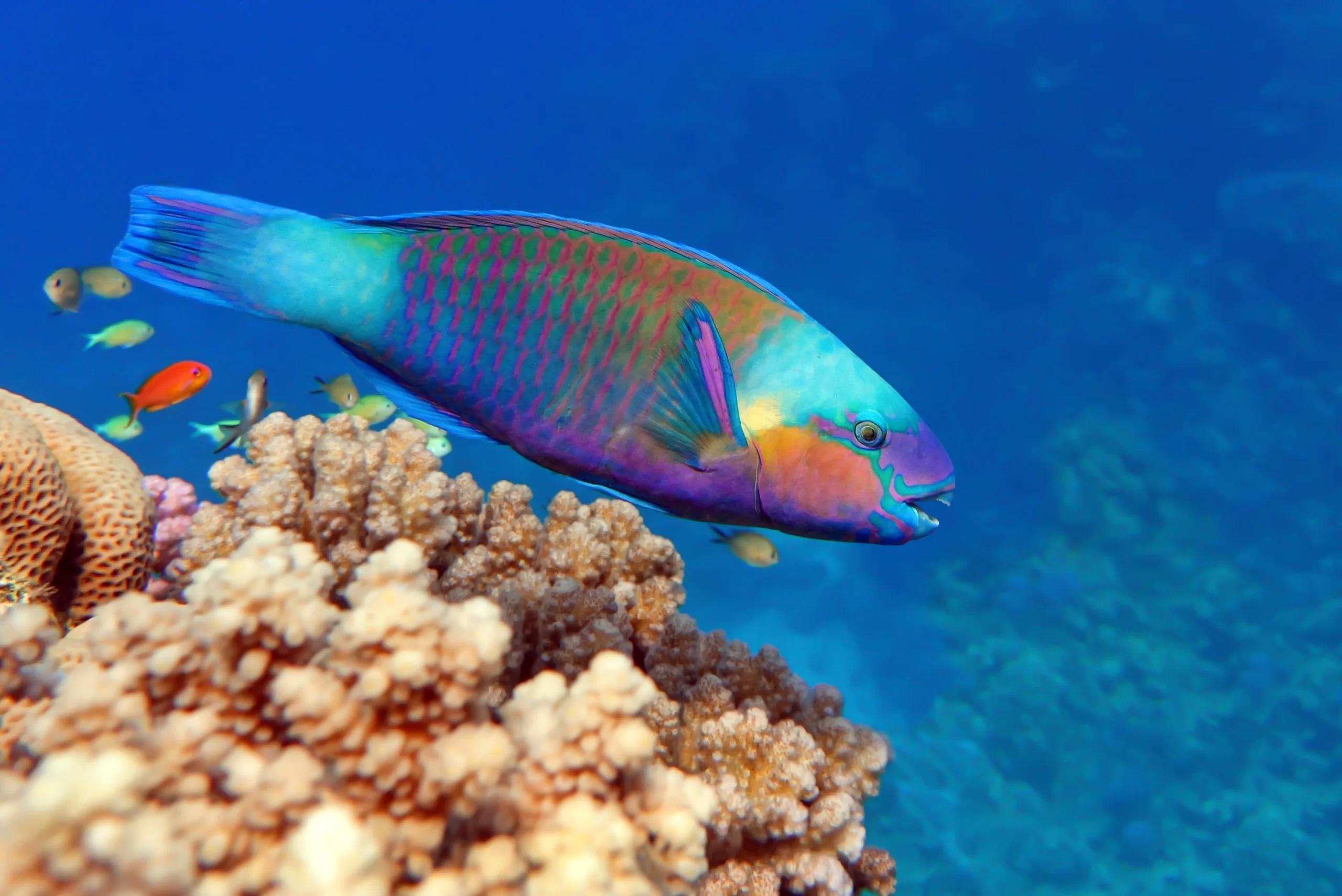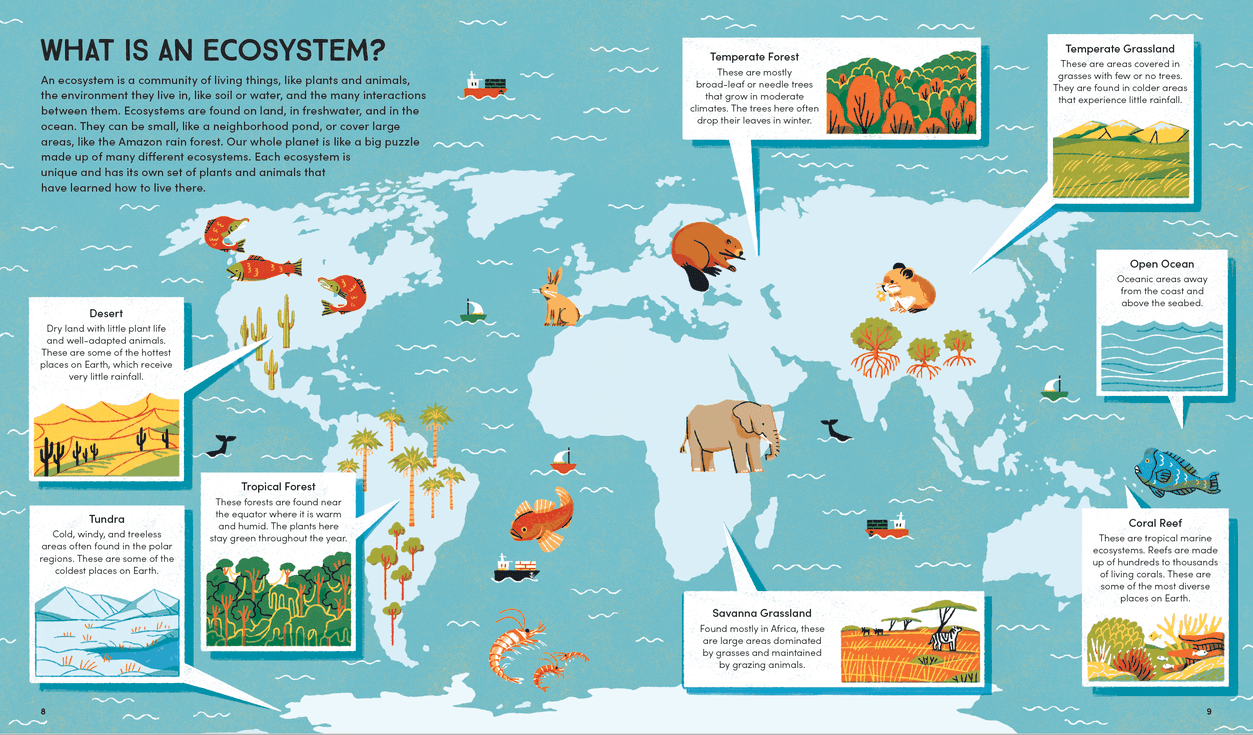ABOUT ME
Sharon Wismer, PhD
EDUCATION

BSc in Marine Biology
James Cook University, Australia
(2007)

MSc in Animal Behaviour
(2011)

PhD in Behavioural Ecology
(2017)
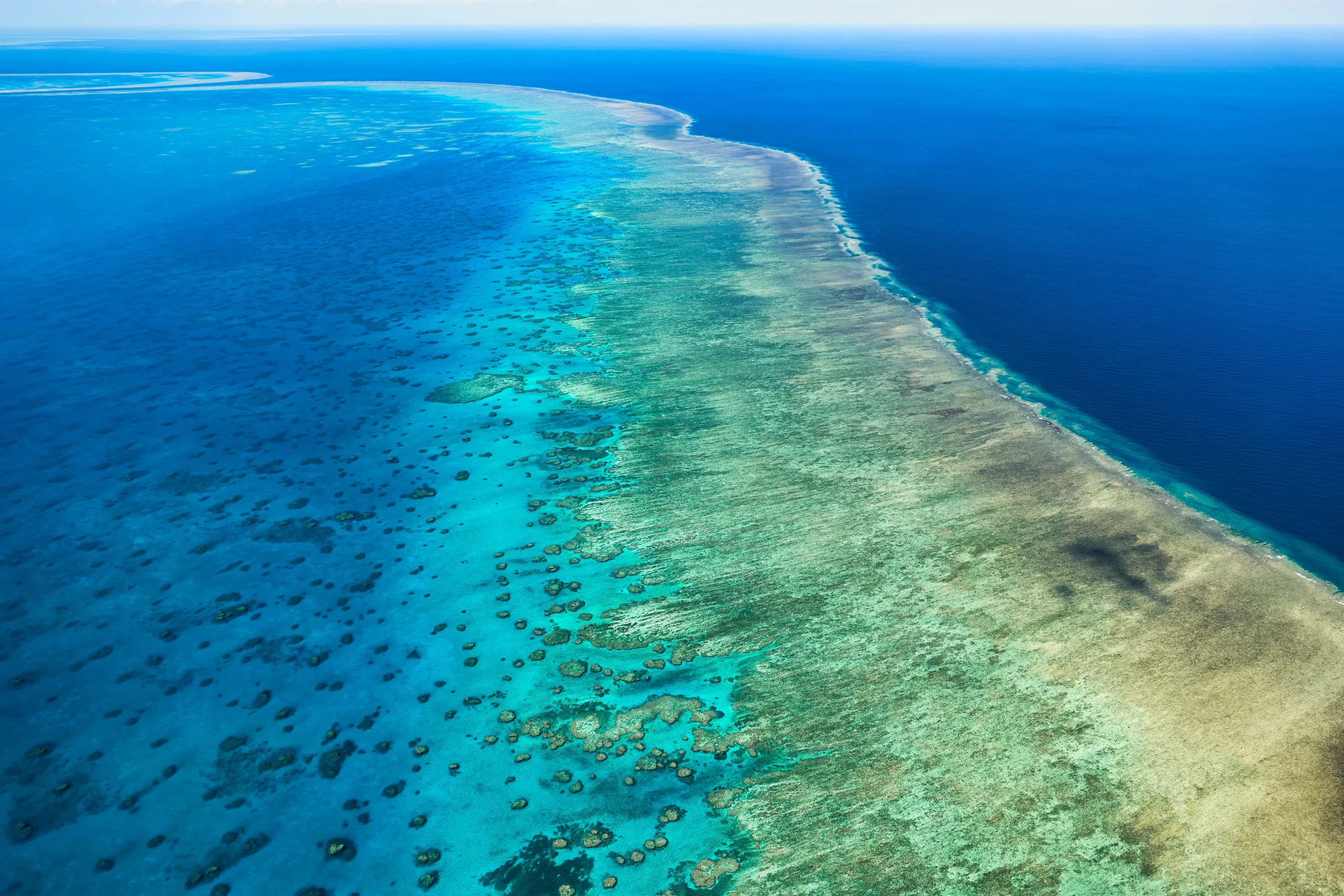
RESEARCH
My postgraduate research focused primarily on the behavioral strategies of blue streak cleaner wrasse (Labroides dimidiatus) – one of the ocean’s most clever fishes! Cleaner wrasse live on coral reefs across the Indo-Pacific Ocean and maintain territories called ‘cleaner stations’. As their name suggests, cleaner wrasse clean and remove ectoparasites from so-called fish clients.
While the relationship is mutualistic – the cleaner fish gets food and the client gets health benefits from being cleaned – cleaner wrasse also bite by removing fish mucus and scales! This is considered cheating.
Using cleaner wrasse as a model system for cooperation, I investigated important mismatches between standard theoretical predictions regarding animal decisions during cooperative interactions and experimental data, and explored how well cleaner wrasse are able to identify and use relevant cues for decision making.
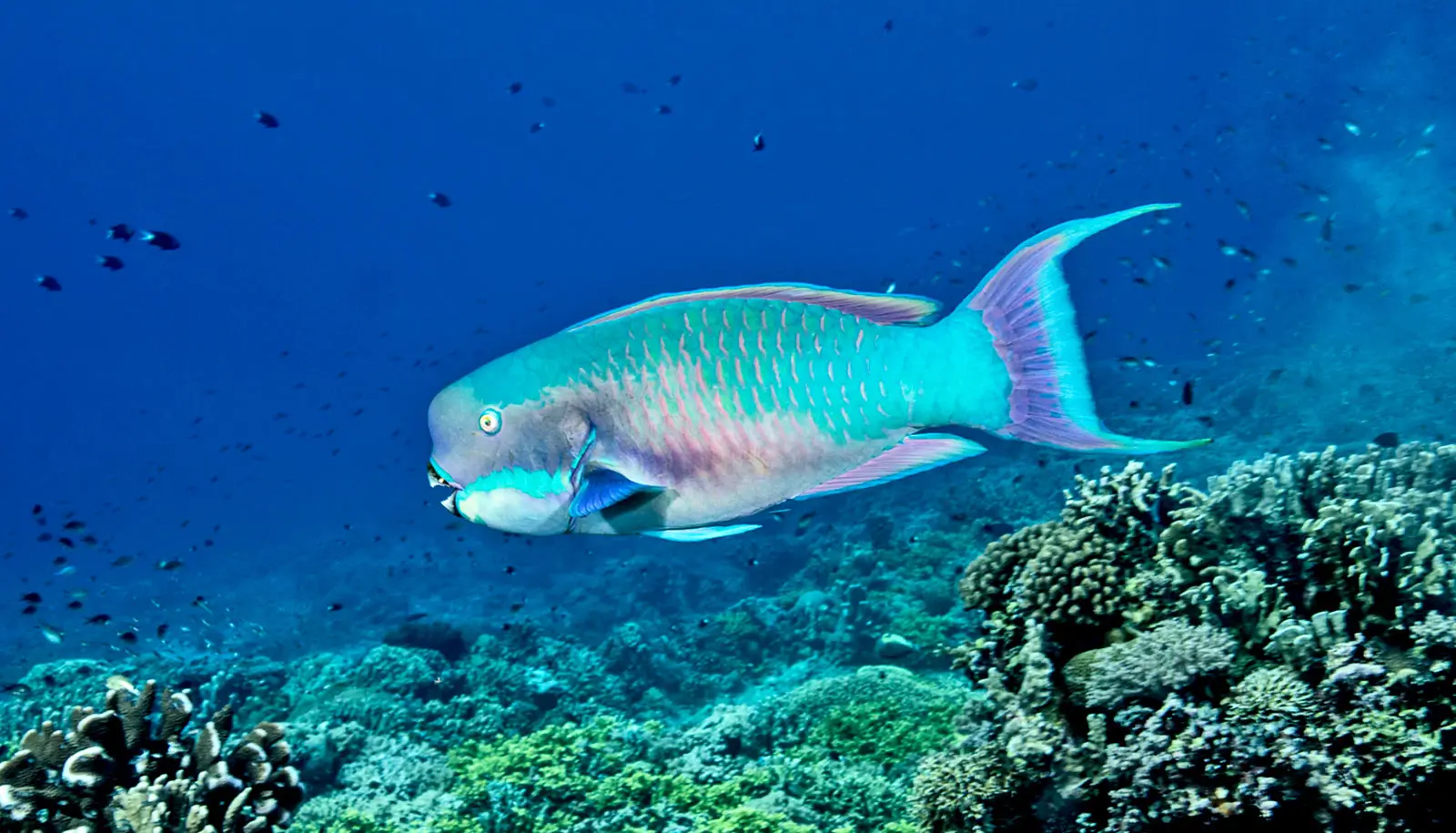
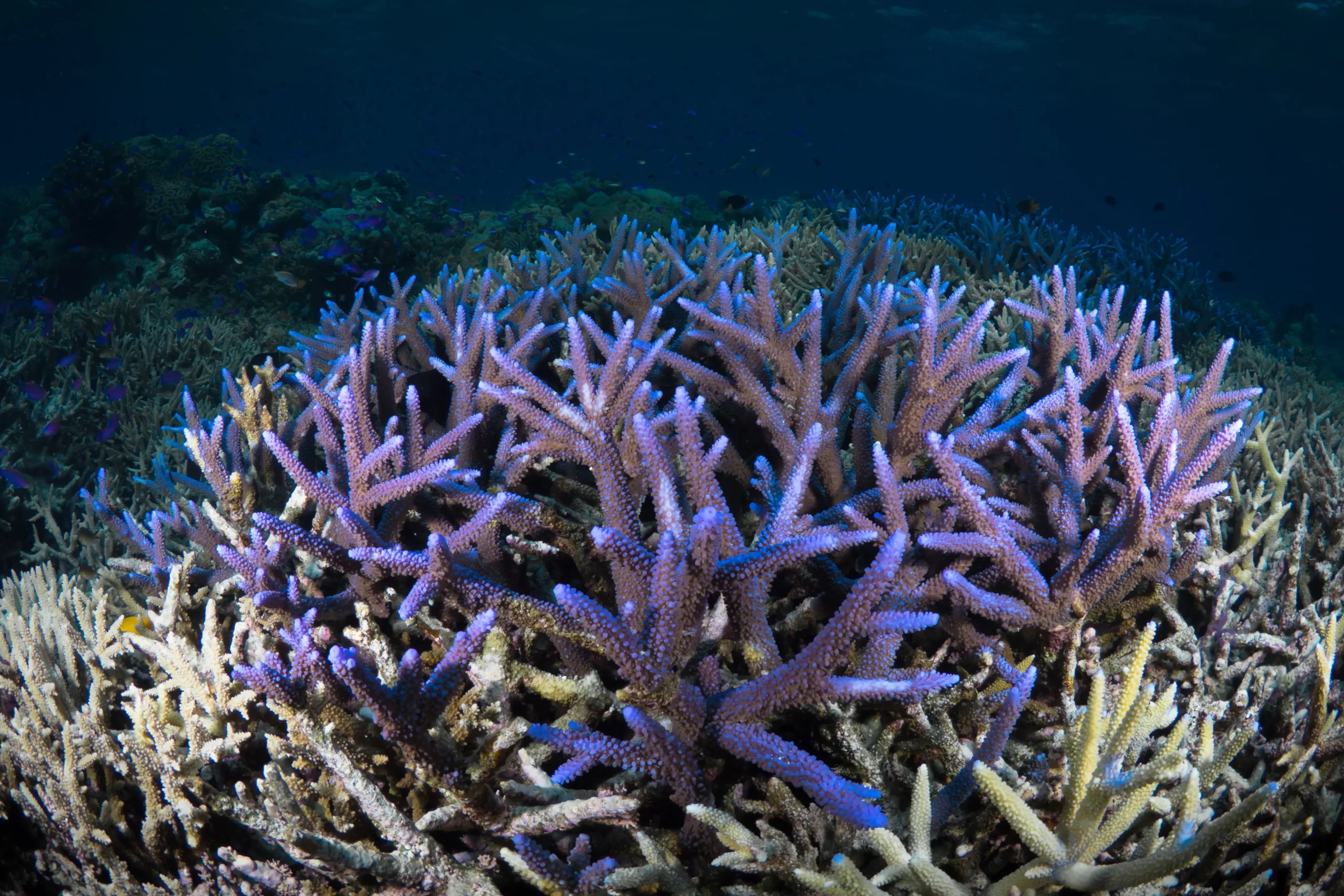
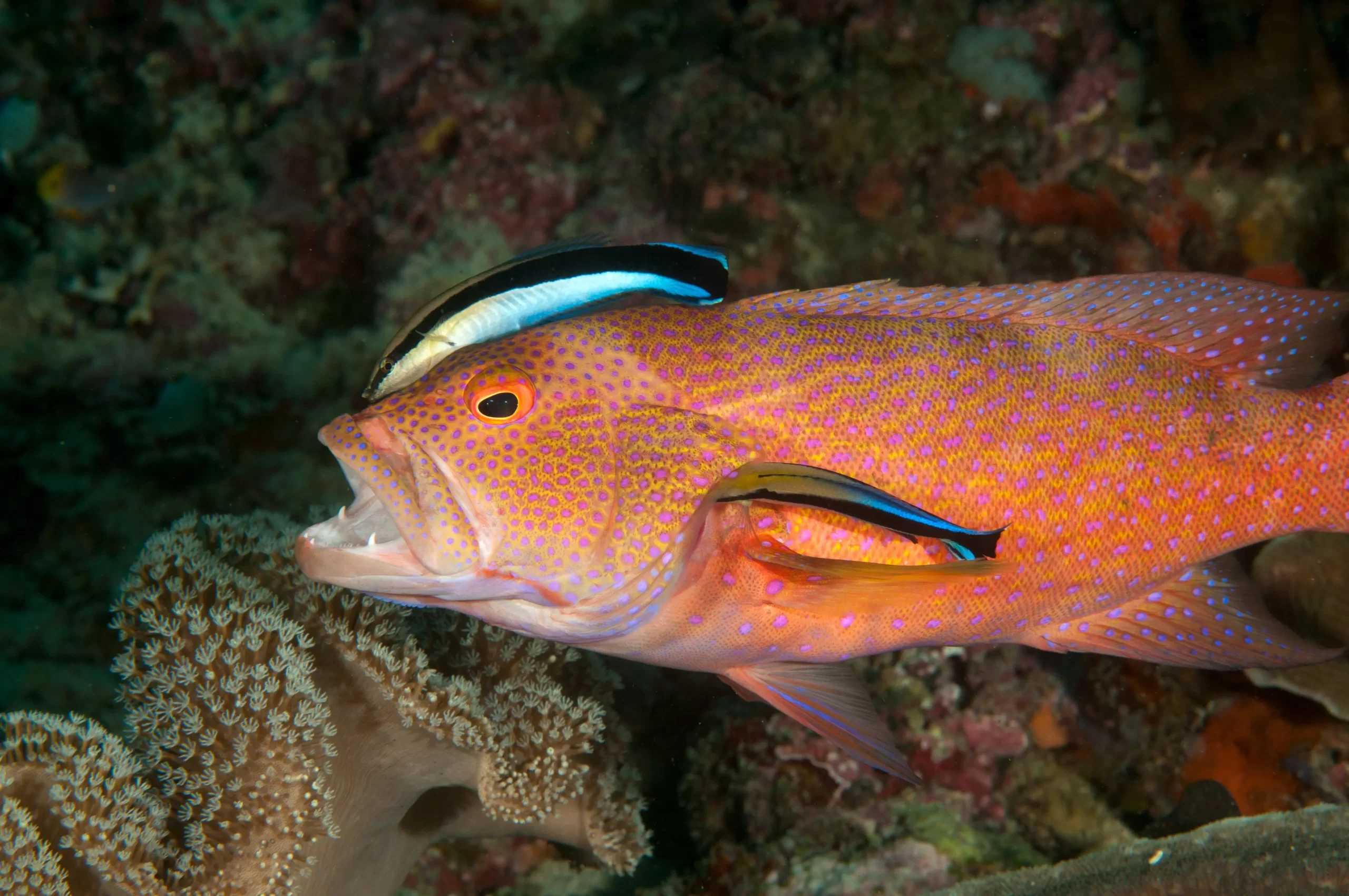
Outreach
I am currently the scientific lead on an AGORA science communications project, funded by the Swiss National Science Foundation and based at the University of Neuchâtel, Switzerland. The AGORA funding scheme accelerates the spread of knowledge through science communication projects and fosters dialogue between scientists and society.
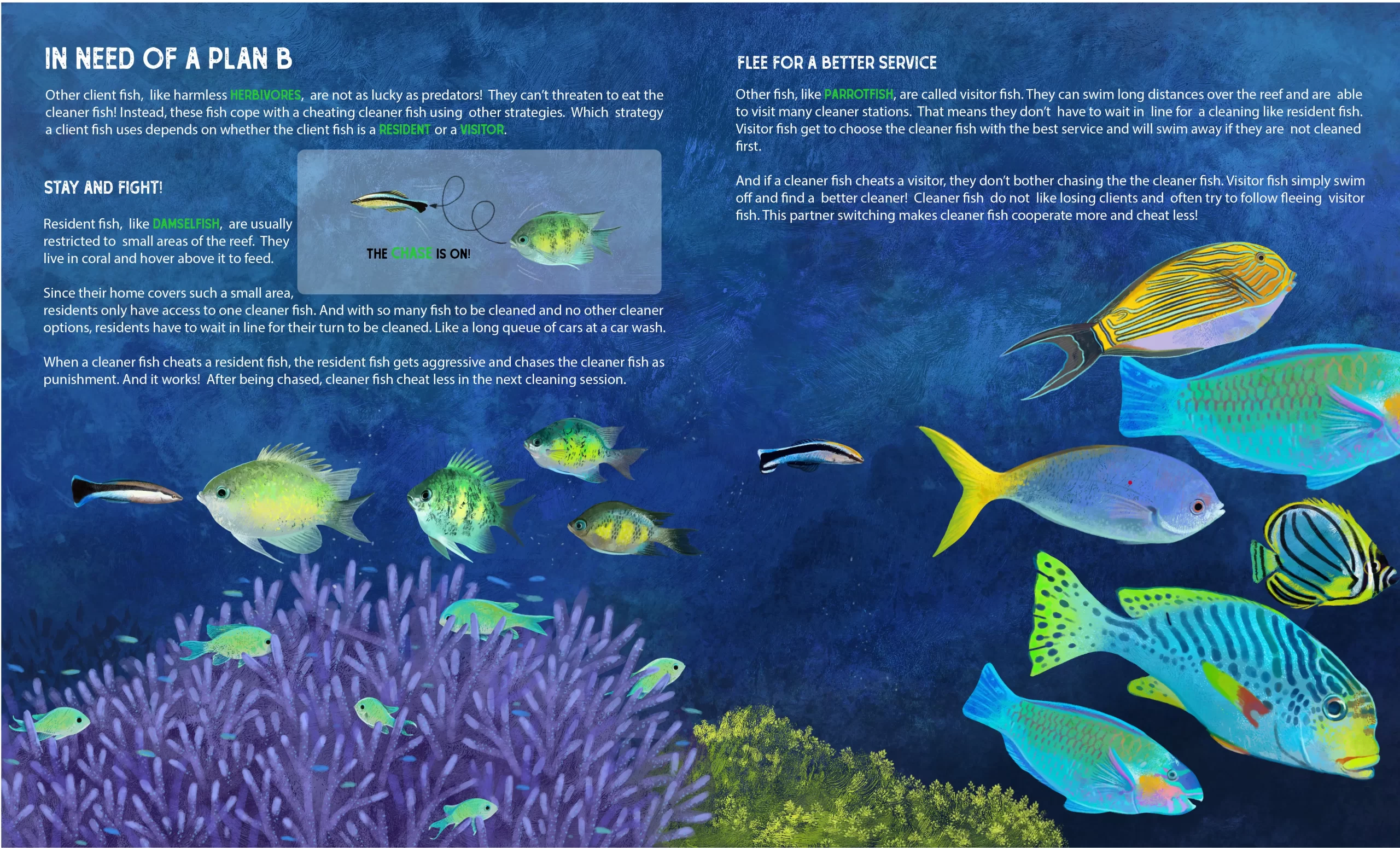
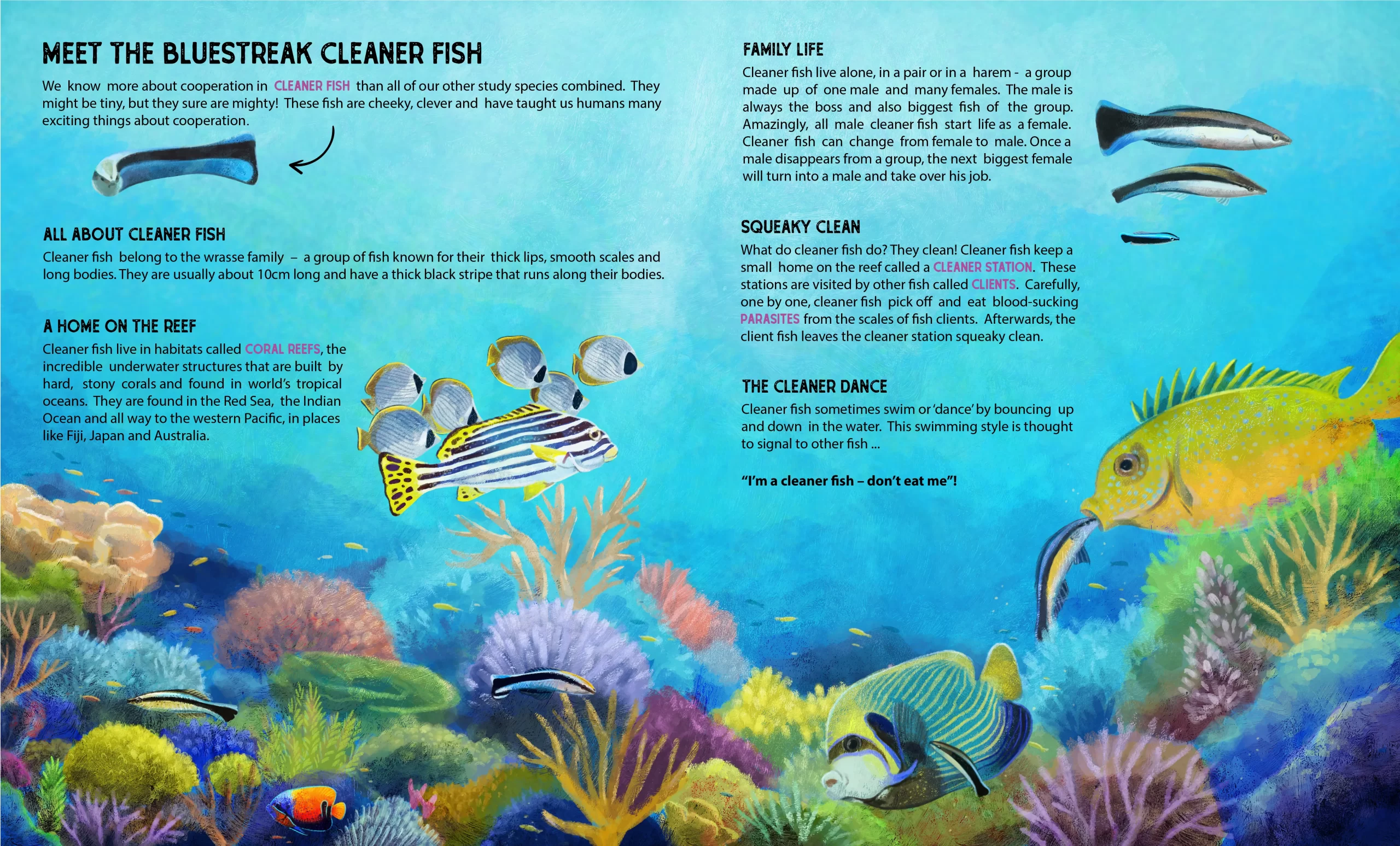
Our AGORA project aims are to develop a multi-media environmental education program for school-age children that provides a direct ‘scientist to public’ education channel for communicating research on cooperation and evolutionary game theory from the lab of Prof. Redouan Bshary.
This project is ongoing and currently in development, but will include ‘meet the scientist’ school visits, cooperation games and an interactive PDF that allows children to interact with elements on the page and that will combine artwork and real videos and photographs.A sneak peek is shown here.

